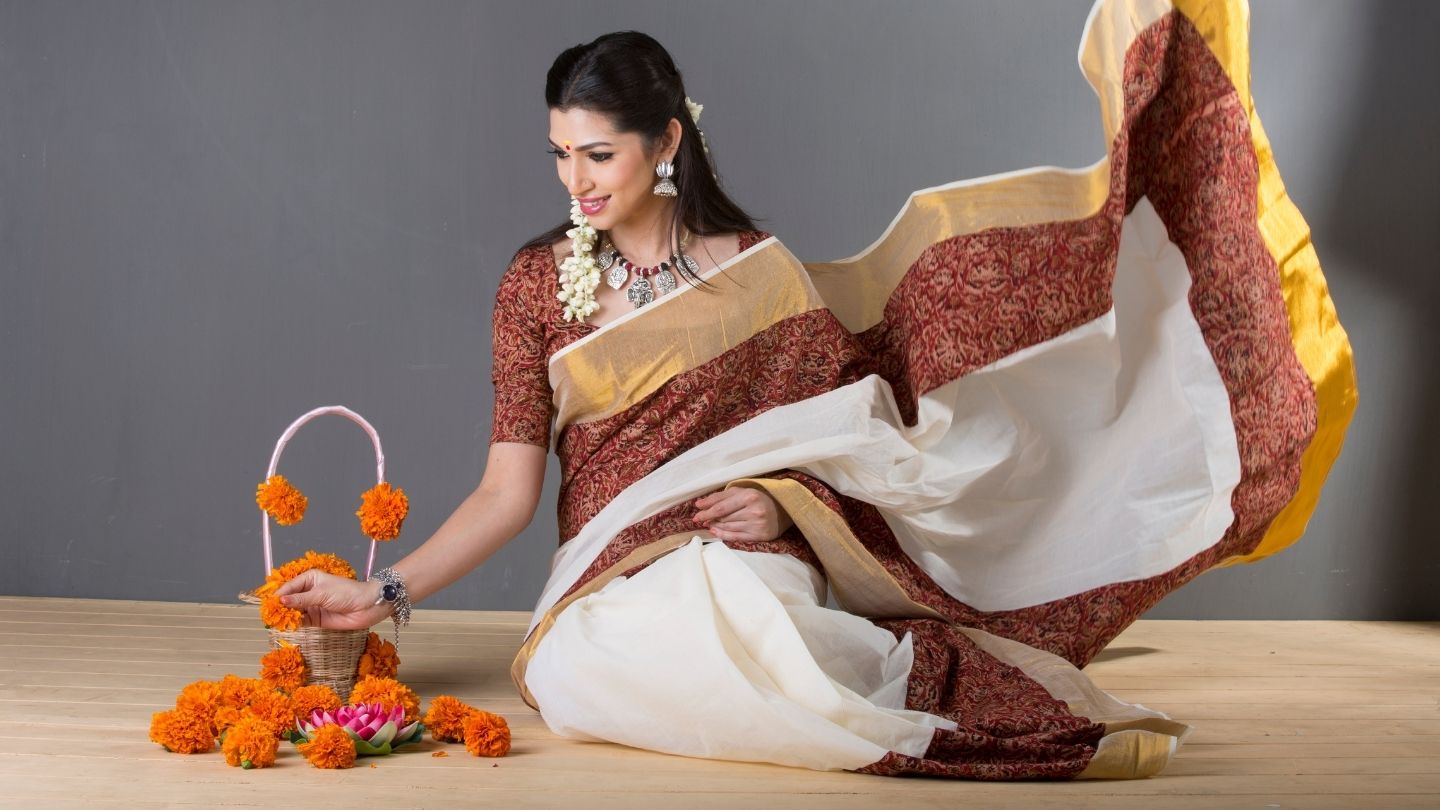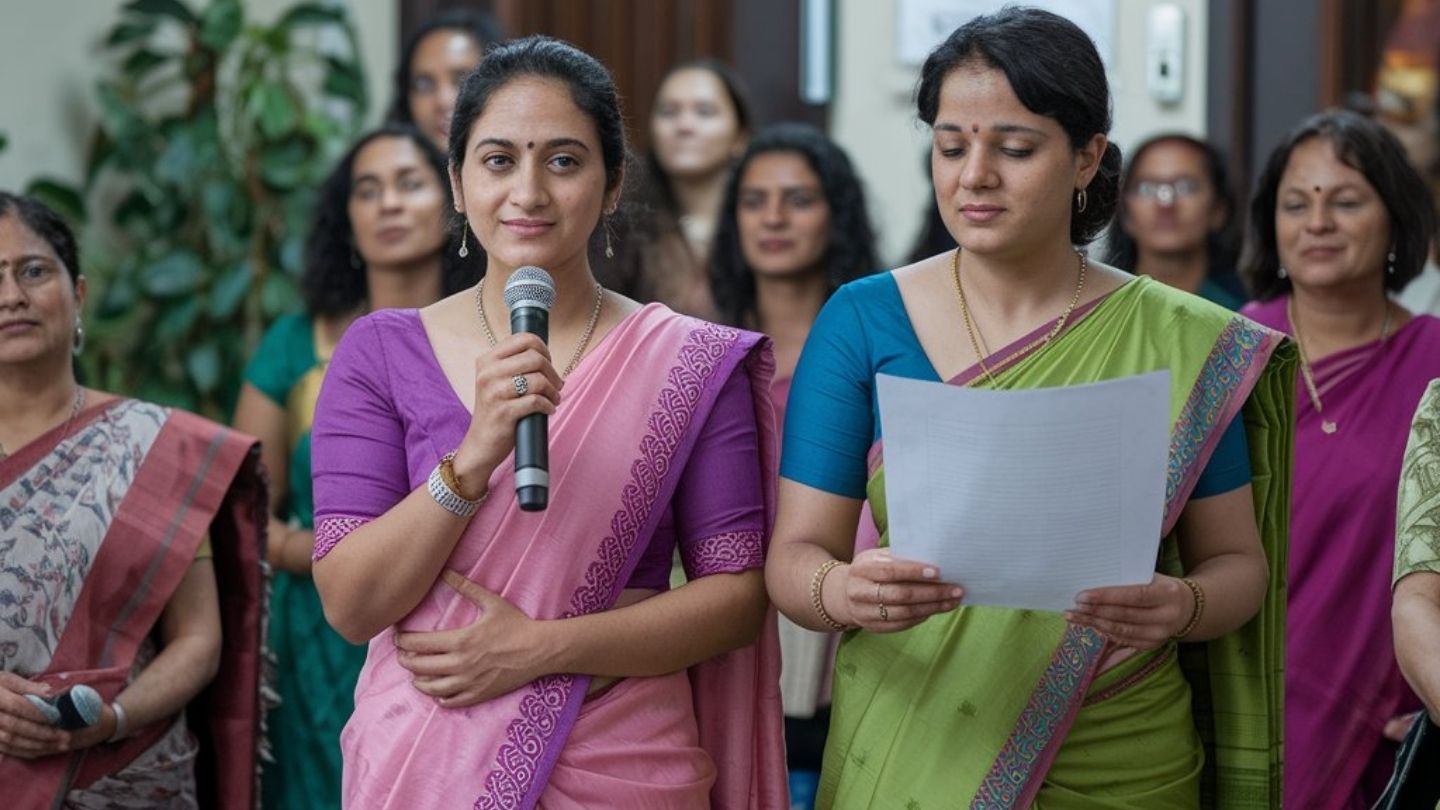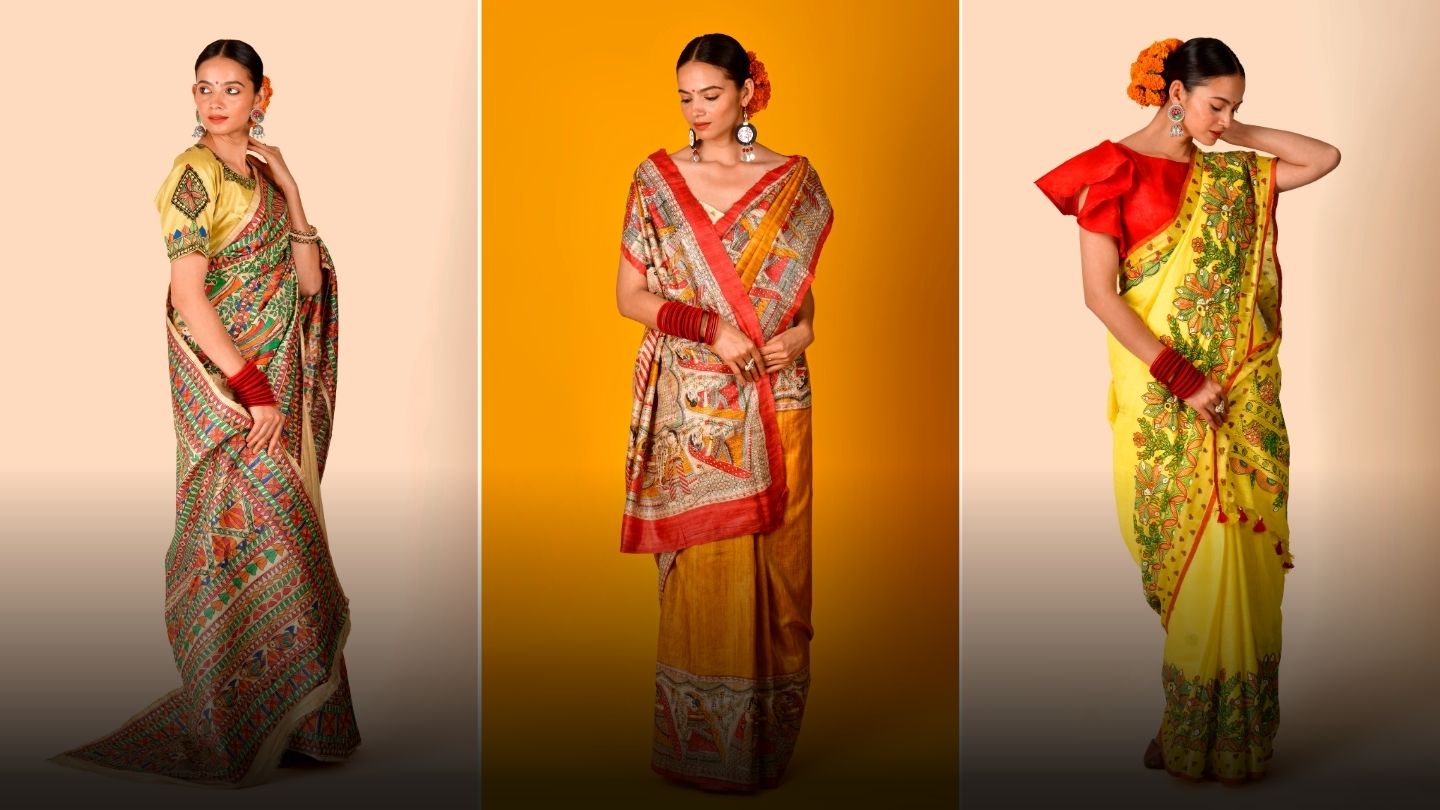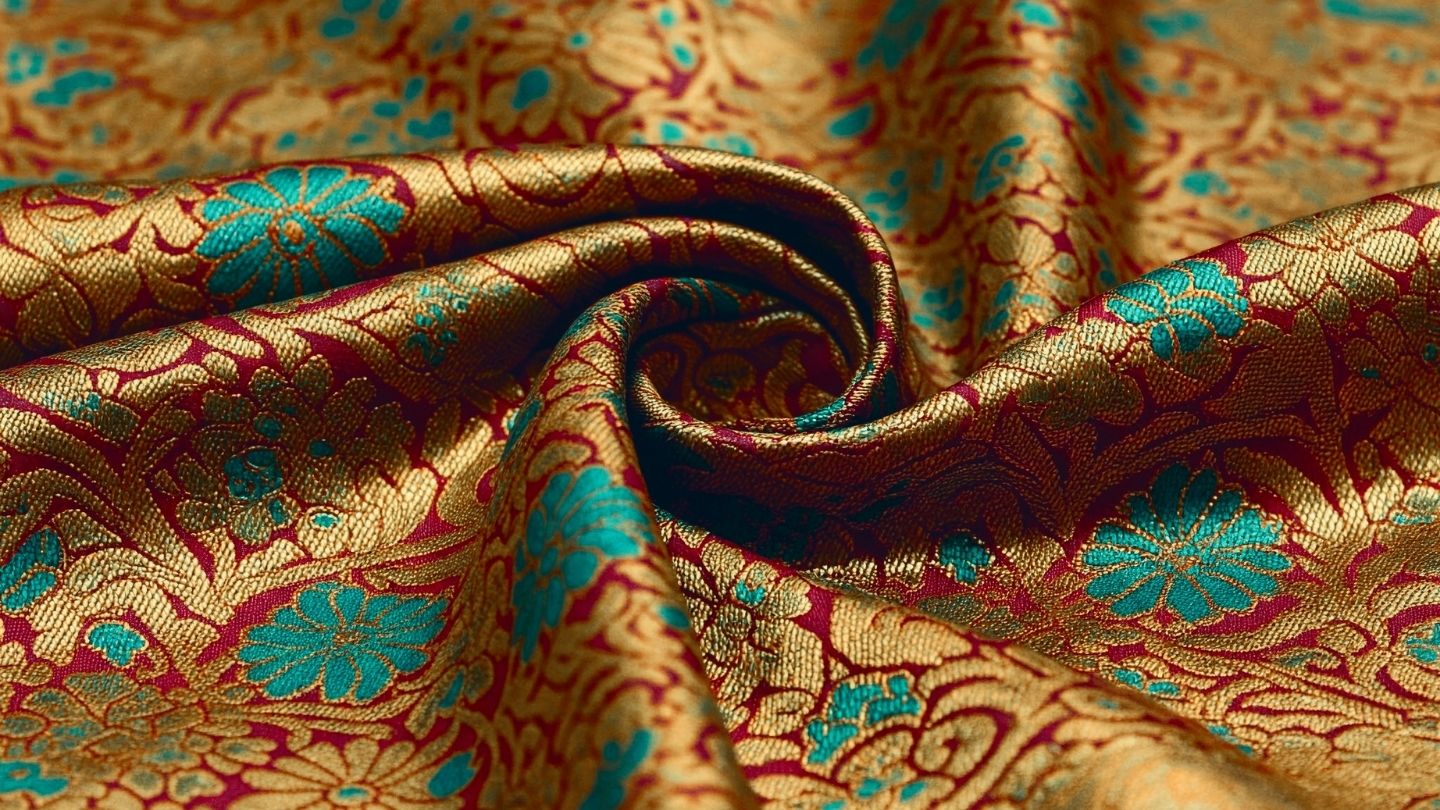The saree is far more than a garment; it is a legacy woven through centuries of tradition, culture, and artistry. Each drape tells a story, each motif reflects a region’s heritage, and every accessory chosen to accompany it enhances the narrative of grace and individuality. In my years of observing evolving fashion sensibilities, one truth stands constant: a well-accessorized saree transforms from mere attire into an expression of character and occasion.
This guide aims to demystify the art of saree styling, offering a thoughtful comparison of prominent traditional sarees and the carefully chosen accessories that elevate them to iconic status.
The Power of Accessories in Saree Styling
A saree, in its purest form, is an elegant canvas. Accessories provide the finishing strokes that define the wearer’s personality, context of the event, and cultural pride. The right combination of jewelry, footwear, and complementary elements like bindis or clutches brings harmony and balance, avoiding either the pitfalls of over-decoration or underwhelming simplicity.
Foundational Accessories to Consider:
-
Jewelry: From understated pearls to grand gold temple sets
-
Handbags: A classic potli or an embellished clutch
-
Footwear: Traditional juttis, embroidered mojaris, or sleek heels
-
Hair Adornments: Flowers, pins, or traditional hair jewelry
-
Belts (Kamarbandh): To accentuate the waist and add structure
-
Makeup & Bindis: Complementing tones and precise application
A Comparative Exploration of Traditional Sarees
1. Banarasi Saree (Uttar Pradesh)
A Banarasi saree stands as an emblem of regal sophistication, crafted from lustrous silk interwoven with intricate zari patterns.
-
Styling Insight: Opt for antique gold jewelry—heavy necklaces, elaborate jhumkas, and broad bangles. A structured bun with fresh jasmine flowers enhances the heritage look, while a richly embroidered potli adds to the opulence.
-
Best Suited For: Grand weddings and cultural festivities.
-
Why It Endures: Timeless craftsmanship, unmatched richness, and a royal appeal that transcends generations.
2. Kanjeevaram Saree (Tamil Nadu)
Renowned for its durability and bold color contrasts, the Kanjeevaram saree carries an air of solemn elegance.
-
Styling Insight: Temple jewelry in gold—layered necklaces and traditional earrings—brings out its character. A gold kamarbandh and matching bangles complete the look, while a deep bun keeps the profile elegant and polished.
-
Best Suited For: Religious ceremonies and high-profile social events.
-
Why It Endures: Its vibrant colors and structured weave make it an enduring classic.
3. Paithani Saree (Maharashtra)
Paithani sarees reflect subtle artistry, with peacock motifs and floral patterns delicately woven in silk.
-
Styling Insight: Antique gold jewelry pairs best—a simple long chain, a small maang tikka, and understated bangles. A neat bun and a subtle clutch let the saree’s detail take center stage.
-
Best Suited For: Traditional festivals and family gatherings.
-
Why It Endures: Distinctive motifs and a graceful drape that exude quiet elegance.
4. Chikankari Saree (Uttar Pradesh)
The light, embroidered Chikankari saree is a breath of air—delicate yet profound.
-
Styling Insight: Minimalist styling works wonders. Pearl earrings, soft bangles, and a pastel potli bag suffice. Hair can be left in a loose braid or simple bun. Subtle makeup highlights the gentle character of the ensemble.
-
Best Suited For: Daytime functions, summer ceremonies, and casual cultural occasions.
-
Why It Endures: Its breathable fabric and understated charm are perfect for elegant simplicity.
5. Bandhani Saree (Gujarat/Rajasthan)
Vibrant, festive, and joyous, Bandhani sarees are tie-dyed masterpieces in bold hues.
-
Styling Insight: Oxidized silver jewelry and chunky bangles set off the rich colors. A playful potli and bold lipstick complete the look. Hair accessories can include decorative pins or a colorful bun wrap.
-
Best Suited For: Navratri, weddings, and folk festivals.
-
Why It Endures: The exuberance of color and craftsmanship celebrates life and tradition.
Expert Tips for Styling Sarees
-
Let the Saree Speak: Heavy embroidered sarees call for subtle accessories; lighter sarees benefit from statement pieces.
-
Color Harmony: Complementary color palettes enhance visual appeal; avoid too many clashing tones.
-
Prioritize Comfort: Especially for long events, choose accessories that don’t hinder movement or comfort.
-
Personal Signature: A cherished heirloom necklace or a unique hairstyle adds individuality.
Conclusion
After decades of observing saree culture evolve, one thing remains clear: the saree, when accessorized thoughtfully, becomes a personal expression of tradition, elegance, and grace. Whether draping a Kanjeevaram for a temple wedding or a Chikankari for a summer luncheon, the right accessories don’t just complement—they complete the story.
Embrace your saree, let your accessories enhance its charm, and wear your heritage with pride.





